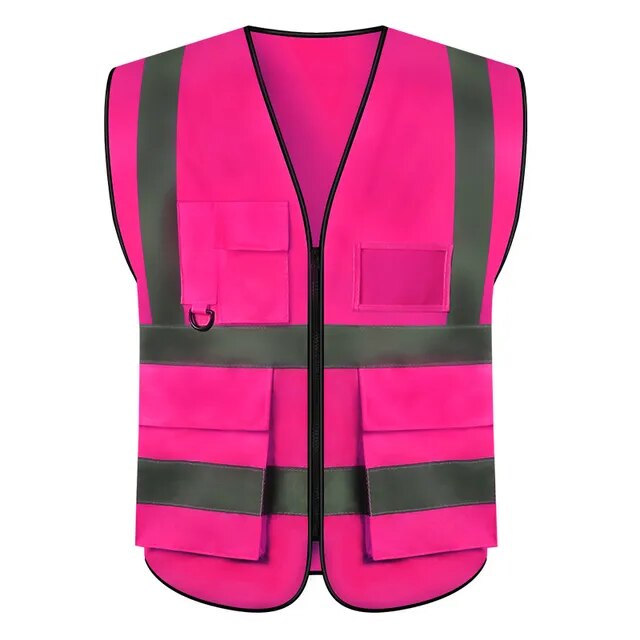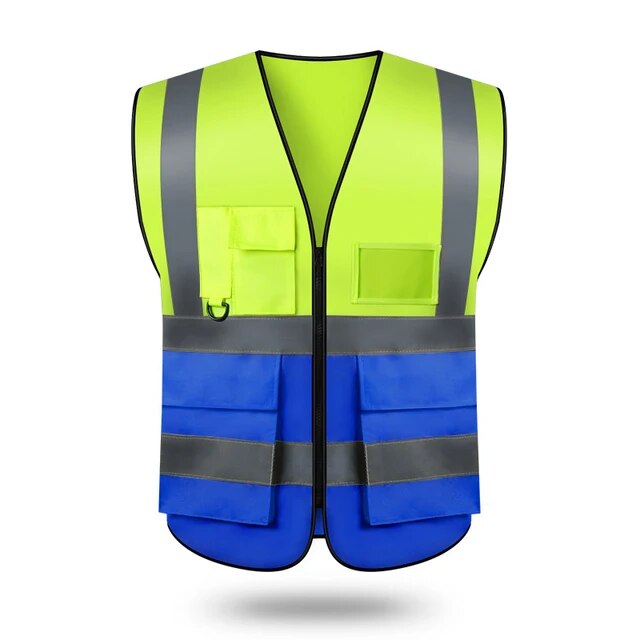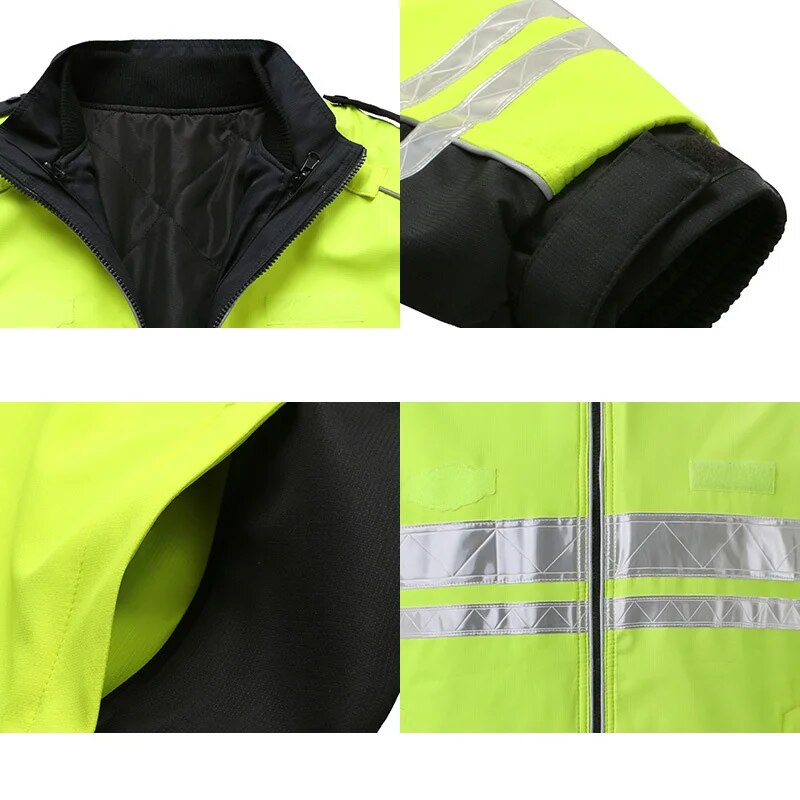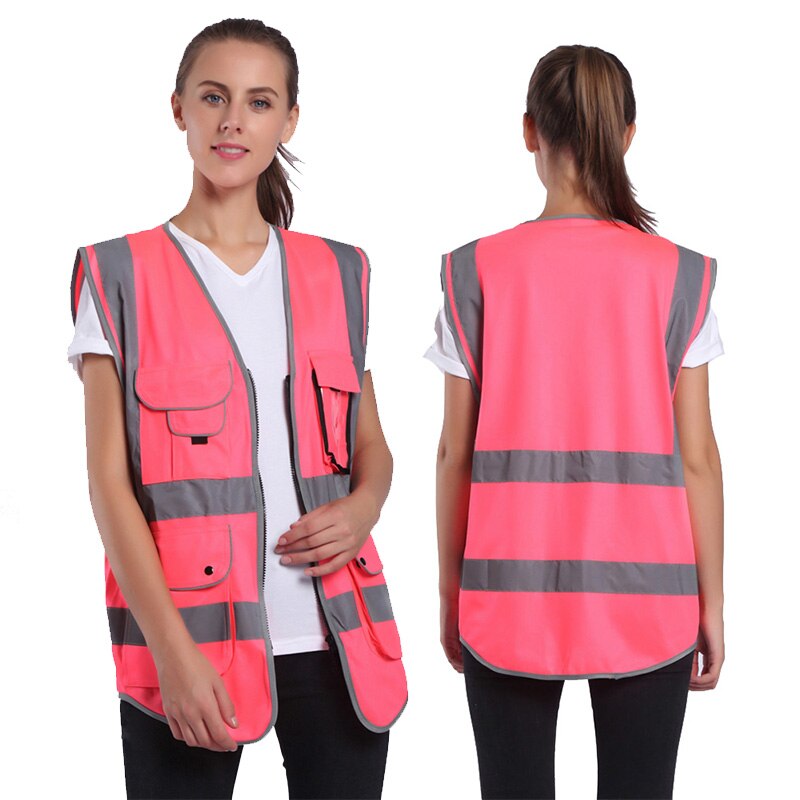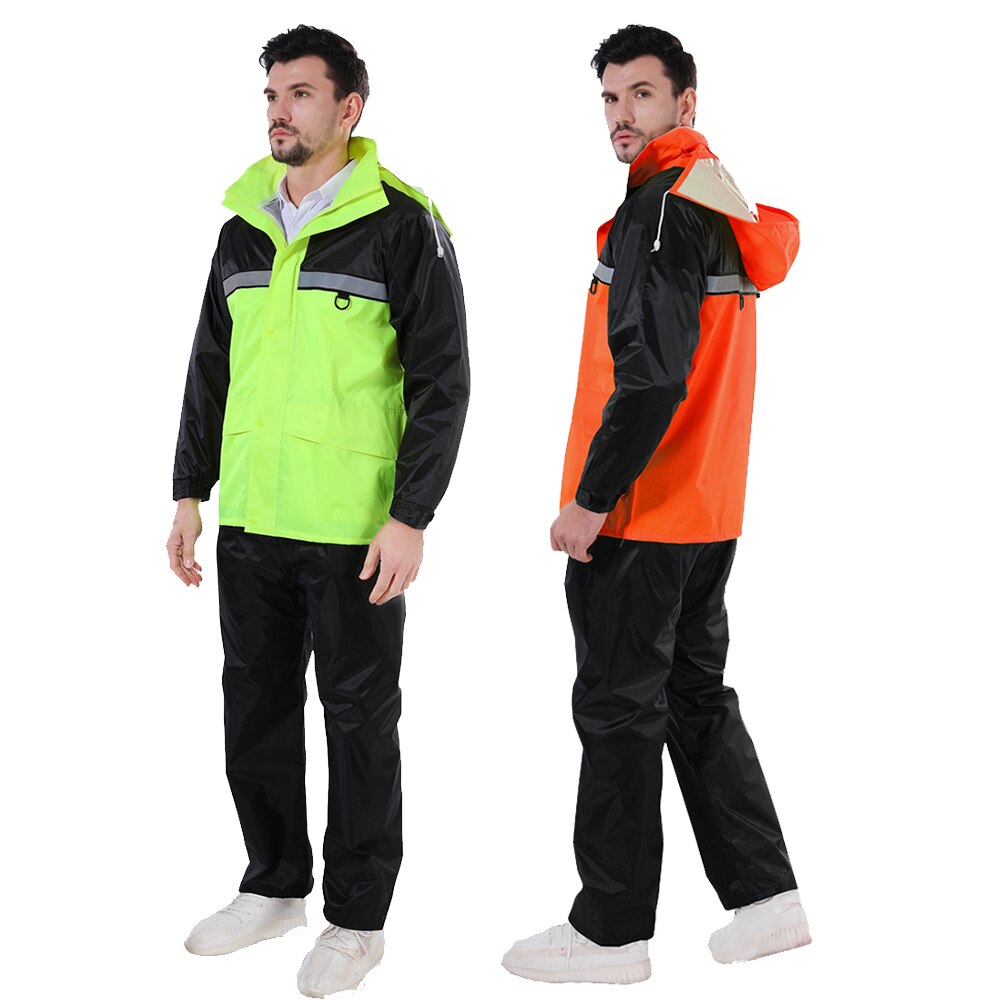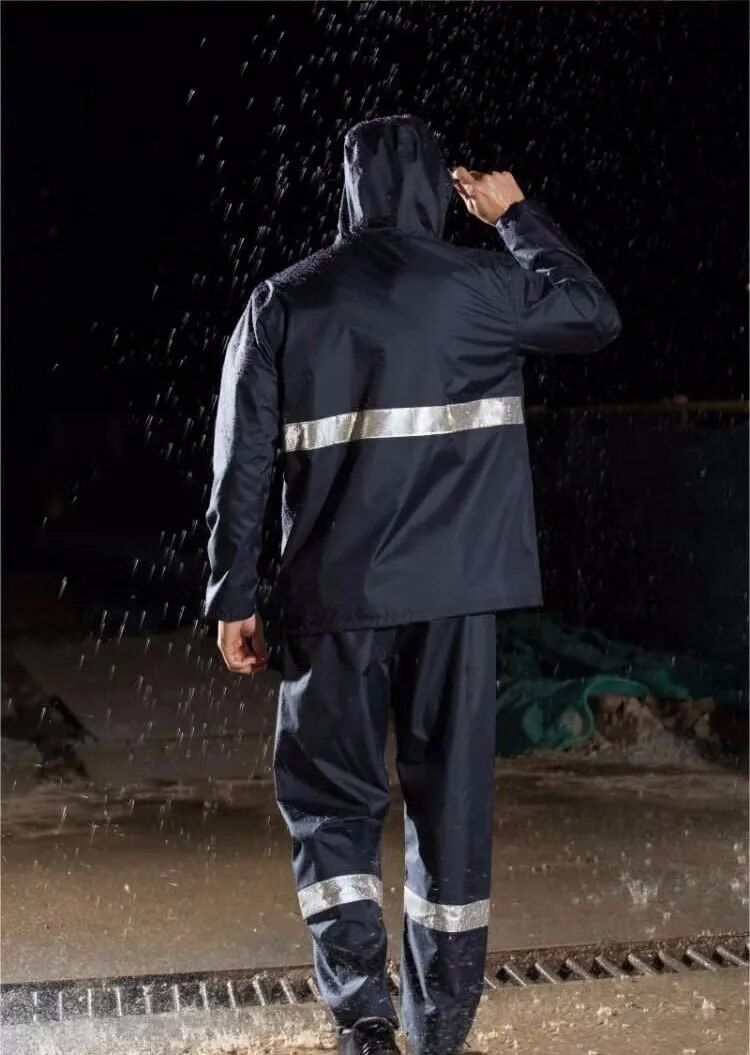
Introduction: Illuminating Your Style with Reflective Clothing
Reflective clothing isn’t just for safety anymore—it’s also making a bold statement in the world of fashion. From reflective jackets and sneakers to accessories like bags and hats, this innovative trend offers both practical benefits and a fashion-forward aesthetic. In this comprehensive guide, we’ll delve into the world of reflective clothing, exploring its safety benefits, fashion appeal, and where to find the best reflective apparel online. Whether you’re a nighttime jogger looking to stay safe or a trendsetter seeking to make a statement, reflective clothing has something for everyone.
The Safety Benefits of Reflective Clothing
Reflective clothing is designed with materials that contain tiny glass beads or microprisms that reflect light, making the wearer more visible in low-light conditions. Whether you’re walking, running, or cycling at night, reflective clothing can help increase your visibility to drivers and reduce the risk of accidents. This makes it an essential choice for anyone who spends time outdoors after dark, whether for exercise or commuting.
Fashion-Forward Designs and Trends
But reflective clothing isn’t just about safety—it’s also a major trend in the fashion world. Designers are incorporating reflective materials into their collections in innovative and unexpected ways, creating garments and accessories that are both stylish and functional. From athleisure brands offering reflective leggings and hoodies to high-end designers featuring reflective details on runway looks, reflective clothing is taking the fashion world by storm.
Styling Tips for Reflective Clothing
Here are some styling tips for incorporating reflective clothing into your wardrobe:
- Layering: Layer reflective pieces with other garments to create a stylish and functional look. For example, pair a reflective jacket with a basic tee and jeans for an effortlessly cool ensemble that’s perfect for evening strolls or outdoor concerts.
- Accessorize: Add reflective accessories like bags, hats, or shoes to your outfit for a subtle yet impactful touch. These accessories will not only enhance your visibility but also add an element of interest and edge to your look.
- Mix and Match: Experiment with mixing and matching reflective pieces with different textures and fabrics for a dynamic and eclectic outfit. For example, pair a reflective skirt with a cozy sweater and ankle boots for a stylish and unexpected combination.
- Day-to-Night Transition: Opt for versatile pieces that can easily transition from day to night. Look for reflective clothing with subtle details that are stylish enough to wear during the day but still offer visibility in low-light conditions.
Conclusion: Embrace Safety and Style with Reflective Clothing
In conclusion, reflective clothing offers both practical benefits and a fashion-forward aesthetic, making it a versatile and essential addition to any wardrobe. Whether you’re looking to stay safe during nighttime activities or make a bold style statement, reflective clothing has something for everyone. By incorporating reflective pieces into your outfits and experimenting with different styles and trends, you can embrace safety and style with confidence and flair.

